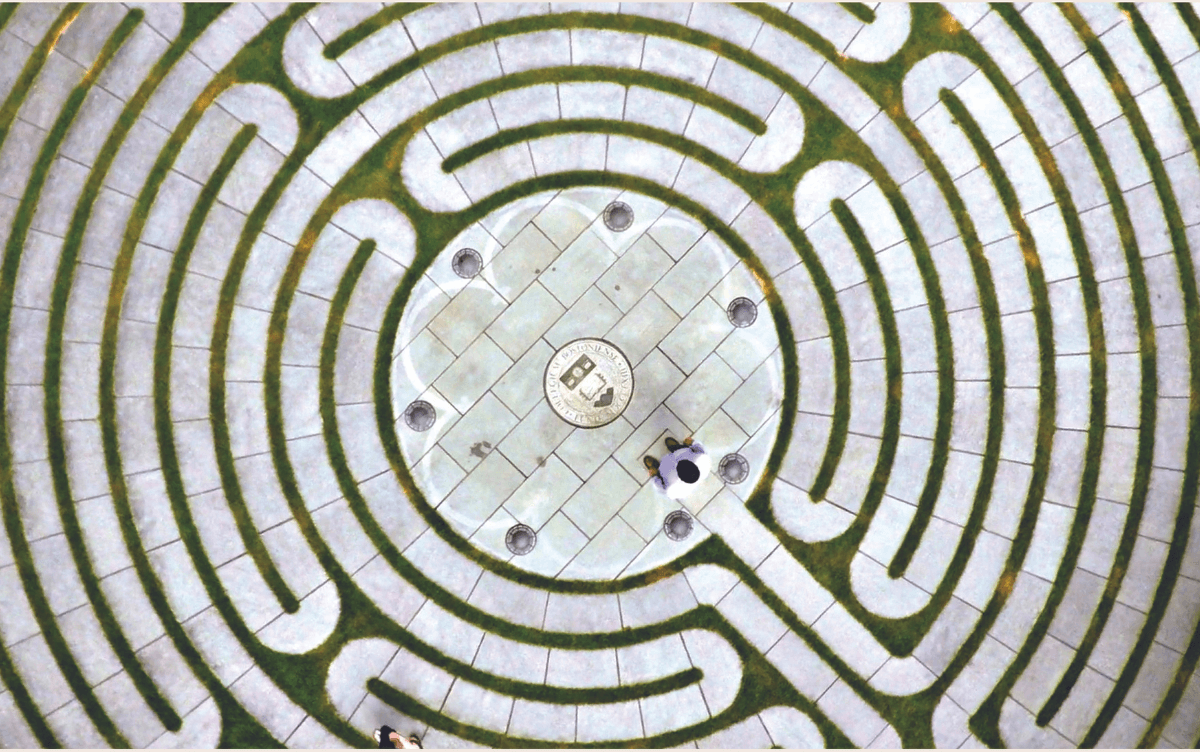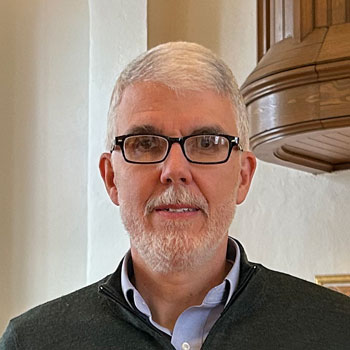
Moving closer to Jesus is one of the goals of Lent. In the Gospel of John, chapter 20, verse 32, Jesus said: “I will draw everyone to myself.” This is a promise we can count on. His strength will bring us nearer to him during the time of waiting and fasting.
To cooperate with his power, we might also try the spiritual practice of a silent retreat. In Marilynne Robinson’s novel Gilead, the main character, Reverend John Ames, found silent refuge in his empty church at night. He wrote in a letter: “I used to walk over before sunrise just to sit there and . . . watch dawn come into the sanctuary . . . I’ve often been sorry to see a night end.” (pp. 70–71).
With these words, Robinson gives us the ingredients for a silent retreat. The beginning step is to find the right place. It is best to go somewhere away from our normal routine and well-worn ruts. We may need to travel a good distance to get there, or we may find it close at hand. It might be planned by a group, or we might have had enough experience with the format to do it ourselves. Whatever the case, ideally, the destination should be beautiful.
Then we need to be ready to “just sit there” in silence. No buzzing screens. No blaring speakers. None of the noise of the everyday. Some may see this as wasting time and dismiss it as awkward, unproductive, and boring. The art of sitting in silence has been lost by many because we don’t see the reason to exercise this muscle. Yet the goal is not to waste time in boredom.
The point is to “watch.” The goal is to look and listen for God and his still, small voice in the words of the Gospel and the pattern of our experience. In the course of watching and listening, our interior life may be lit by something beyond our senses. We may experience the closeness of the Lord. The glow may fill our hearts and minds with grace that energizes as it consoles.
Lastly, we may be sorry when the silent retreat is over. What we may have dreaded at first may become profound and precious. Sometimes disappointment about the end of a silent retreat is a critical part of the experience. It feeds the desire to find time for continued silence in our daily schedule as well as in formal retreats. It also moves us to review the prayer time—both the moments of grace and the moments of desolation—with a spiritual director.
My invitation for you is to make a silent retreat with others or by yourself. You will relish the ways in which you are drawn closer to Jesus.

Burt Howell
Burt Howell is the executive director of Intersections and the Center for Ignatian Spirituality at Boston College. He works primarily with faculty and staff to promote the University’s Jesuit, Catholic mission through programs such as retreats, pilgrimages, and immersion trips. He also teaches a seminar for undergraduates with high financial need.

